80 Hours & Counting
Story by Trevor Hunter
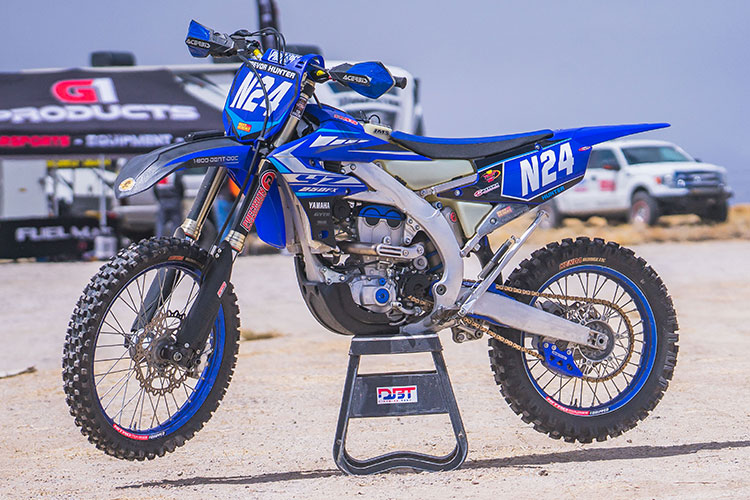
We’ve tallied up near 85 hours on our long term 2020 YZ250FX test steed and we have to say it’s held up quite well with hard hours put on it. Leaving it mostly in stock trim helps this cause. After all, they say stock is best! Our list of modifications to this bike has been quite short. We looked to Precision Concepts Racing for a suspension upgrade in the form of a revalve/respring of the stock FX components. They were able to stiffen up the bike to a more moto-inspired setting that proved very versatile, showing promise in both desert and GP racing. You can read the full Product Test HERE.

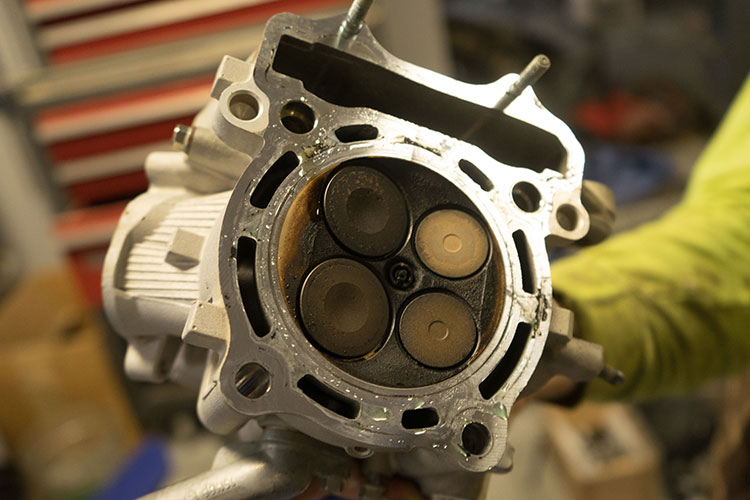
The next big mod we introduced was a GYTR Ported Cylinder Head and Camshaft Kit. Yamaha’s in-house performance/accessory lineup is quite extensive and something they’re proud of with the GYTR badge on it. Install is very easy, pretty much just a plug-and-play mod. However, since we had racked up nearly 80 hard hours of riding and racing on the little FX, we felt rebuilding the top end would be best. A new OEM piston and rings were in store, along with a timing chain just for the fun of it.
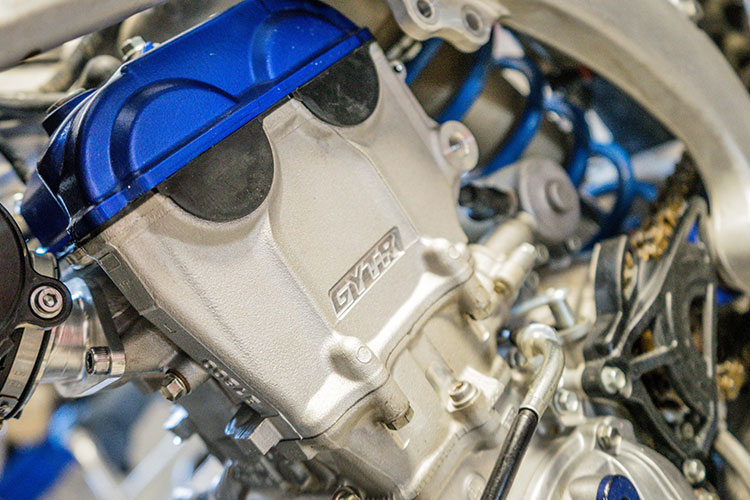
We’ve found working on the motor on the FX is quite easy. The perimeter frame allows a lot of access to the entire top end area and we’d say this might be the easiest four-stroke motor to work on in the chassis. Overall, everything still looked pretty good, better than we expected really. The cylinder was still in good shape, the piston had very minimal blow by on it. Overall, the bike was still running strong when we decided to dive into it and we feel we could’ve gone longer on the original parts if needed.
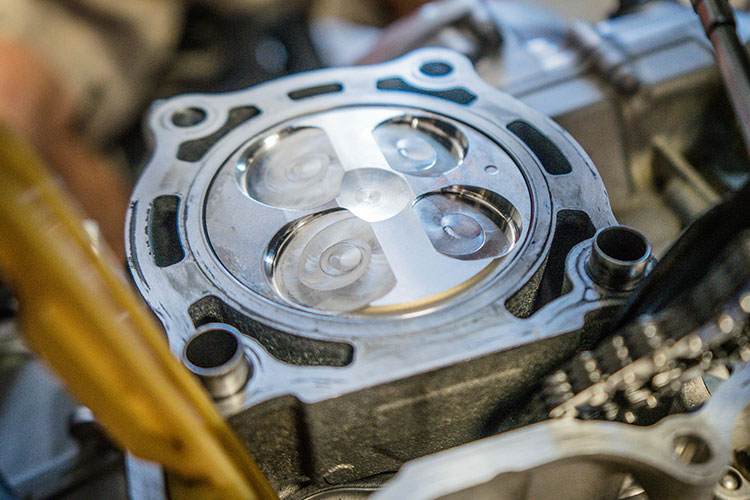
After installing the GYTR head, we did some back to back testing with an opened up WR250F (virtually a YZ250FX with the mods it had) to see how big of a difference the high performance head made. Safe to say, the GYTR head works. Really good too. With a lightweight Pro and a heavier, ex-Pro at the controls, no matter who was riding what bike, the GYTR bike pulled harder out of the gate and continued to pull away from the stock bike as the revs built up. We did 3rd gear roll-ons, drag races, and everything you could think of and the GYTR bike won every battle handily.

On the track, the newfound power (though we never thought it really needed much more) was apparent. Most of its enhancements came in the mid-top range where the bike isn’t the strongest in its class. Still, it still bumped up the torque and allowed us to really lug the bike if needed, more so than stock. From there, it produces a more free-revving engine character that continues to build and rev out further while in the meat of the power. Stay tuned for a full test on the GYTR head coming soon.
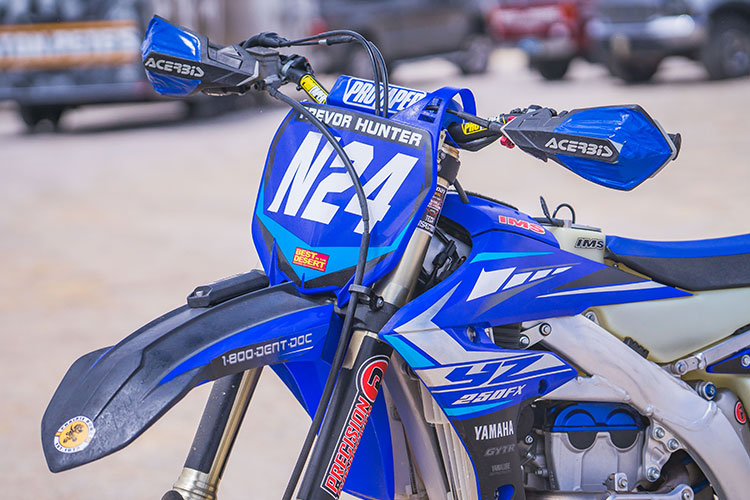
Our lone durability failure, though we wouldn’t say it’s much of a failure, is the crank let go soon after we installed the GYTR head. See, we’ve been racing and riding the 250FX quite a bit and we may have bit off more than we could chew lining it up at the Best In The Desert Tonopah Hare & Hound earlier this year. The race course ended up being much faster than we expected, heavily favoring 450’s over the small bore bikes. With the multiple wide open fire roads that seemingly never ended and a close race going on, we pushed the 250FX near its limit. Sitting on or just under the rev limiter for a length of time led to premature wear on the crank, and pairing that with a now higher performance motor with the GYTR mod and fresh piston expedited its lifespan. Had we done this mod with a fresh motor, or even with the same hours but not as abusive, we feel we wouldn’t have run into the problem that we have. Then again, if it was a dedicated race bike to a Pro level rider, rebuilding the crank at 80 hours probably would have been in the budget. But, since we are in the business of testing this stuff so you don’t have to, we decided to see if the bike would continue on without any issues.
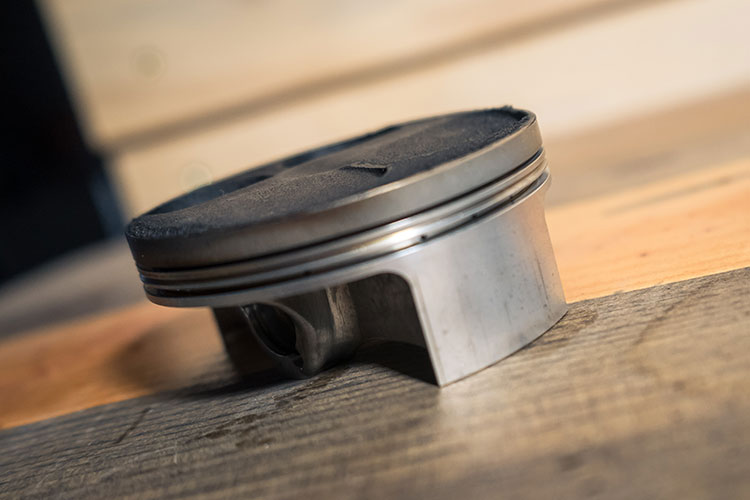
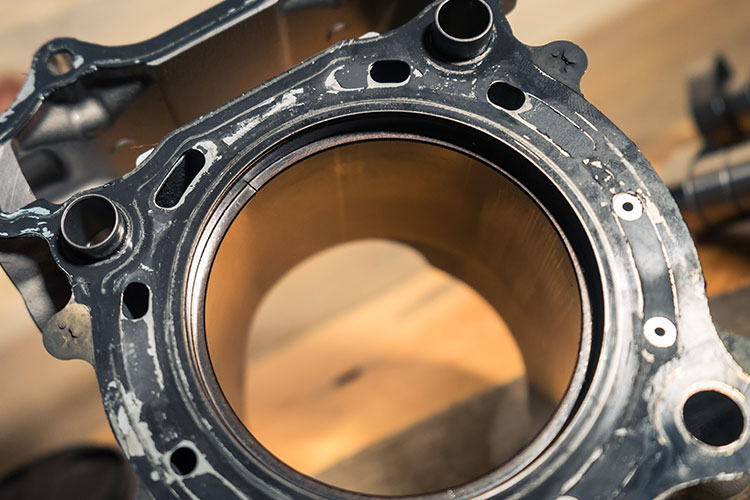
Other than that, this bike has been rock solid. We’ve replaced the stock Chain Guide & Slider with a TM Designworks unit that will probably outlast the bike. Additionally, we’ve upgraded the stock chain and sprockets to a DDC sprocket/Fire Power X-Ring chain combo and they’ve more than held up with over 40 hours on them.

Early on, we switched to a Pro Taper bar bend that was a little more comfortable and fit the stock ergonomics better. The stock seat has seen better days, with the seat cover seeing some tears and the foam getting quite soft after 100+ hours (additional hours put on our YZ450FX test bike).
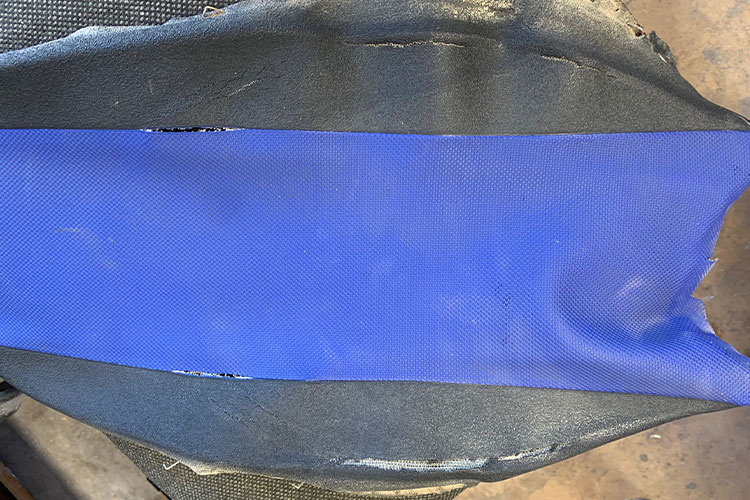
The stock rims have also seen better days, as the few desert races we did earlier in the year left some dents. We’re currently getting them laced up with new hoops thanks to the folks at Dubya USA.
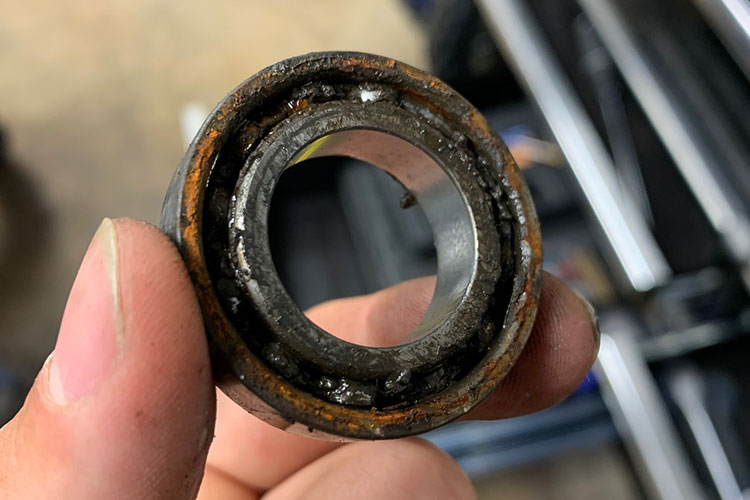
We’ve been running an IMS 2.8 Gal dry-break tank for the racing and the extended range trail riding we get out of it. It does its job, but it makes working on the bike a pain. To no fault of their own, IMS did the best they could to try and squeeze as much capacity into their tank as possible. But having to remove the subframe/tank as one piece can be difficult and the new front mounts for the tank are prone to coming loose and are tough to line up. Additionally, it requires removing almost the entire rear end of the motorcycle to get the shock off. Again, IMS did what they could with a complicated design. With this tank, we comfortably ran a high speed 55 miles on gas at a Hare and Hound and had gas left over.
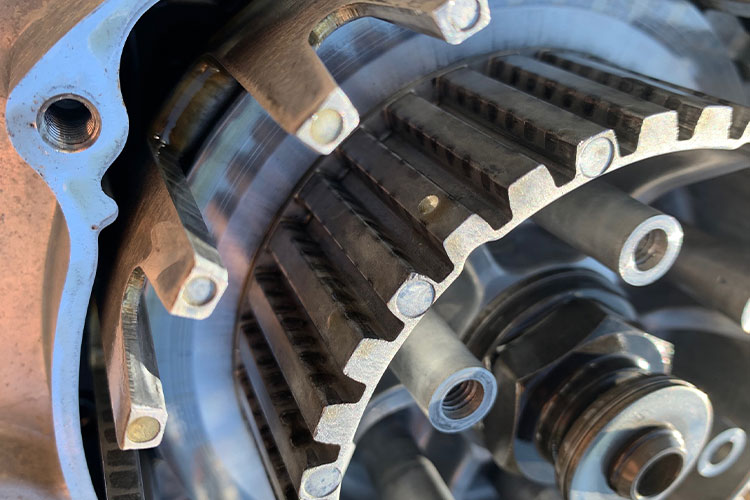
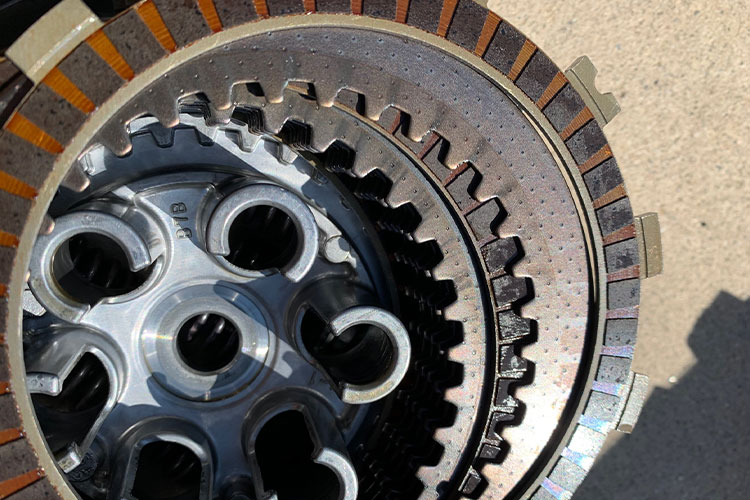
We’ve been trying to get an exhaust to test for this bike but have struck out unfortunately. A shortage of product and a high demand has left us high and dry. However, the GYTR App helps fulfill that want as it allows you to change the power as if you are putting on a different exhaust, only the app is free and doesn’t require any tools or melted skin.
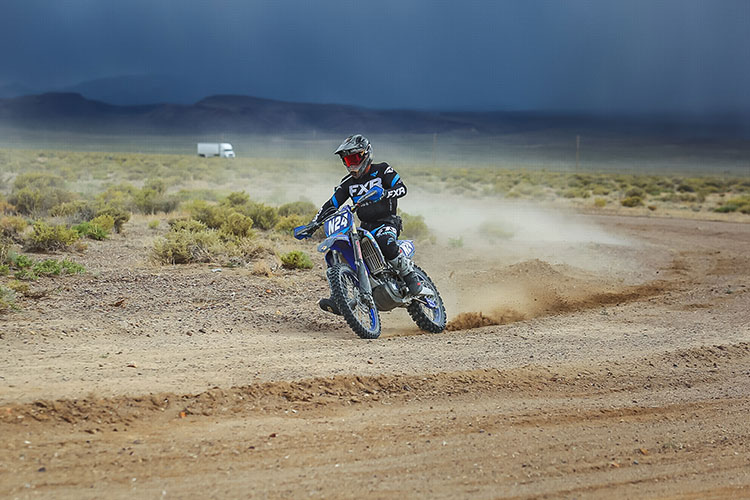
Oil changes are important in keeping your motor running strong for a duration of time. We’ve frequented oil changes every 6-7 hours for the most part running Maxima ProPlus 10w40. Occasionally, we’ve let it go for 10 hours or so if we weren’t hard on it.
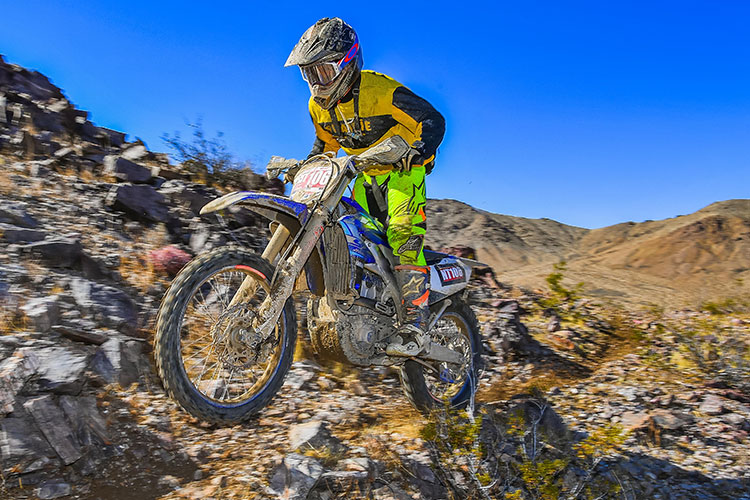
We’ve replaced the throttle cables after ~60 hours for a smoother pull, though the clutch still feels good at this time. We replaced the clutch plates at 75 hours and while the basket has some notching, we’ve seen plenty worse. The plates alone were enough to do the trick. All of the bearings are still intact. We’ve regreased them twice now, every 40 hours and they still feel smooth.
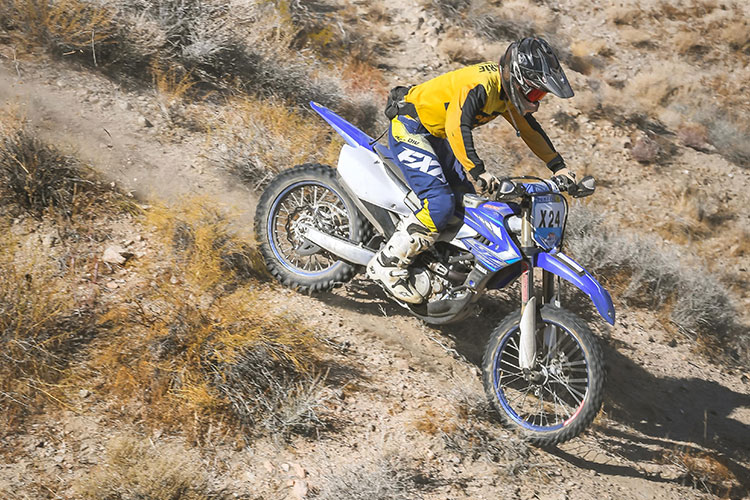
In our time, the 2F0FX has shown to be a very versatile bike. The power delivery paired with a semi-wide ratio transmission makes it a very capable off-road weapon. From the moto tracks to the desert, it’s proven itself. While it may not be the absolute best bike in one discipline, it’s very good in every area which is a good trait to have for most recreational riders and racers. We’ve ridden this bike in everything from extreme enduro to 80+MPH desert and GP racing and everything in between. If there is a short list of a do-it-all bike, we have to say this is one of them. Once we get our YZ250FX back up and running with some new Wiseco/ProX parts motor parts, we’ll have an updated story with more durability on the GYTR and other motor parts!


